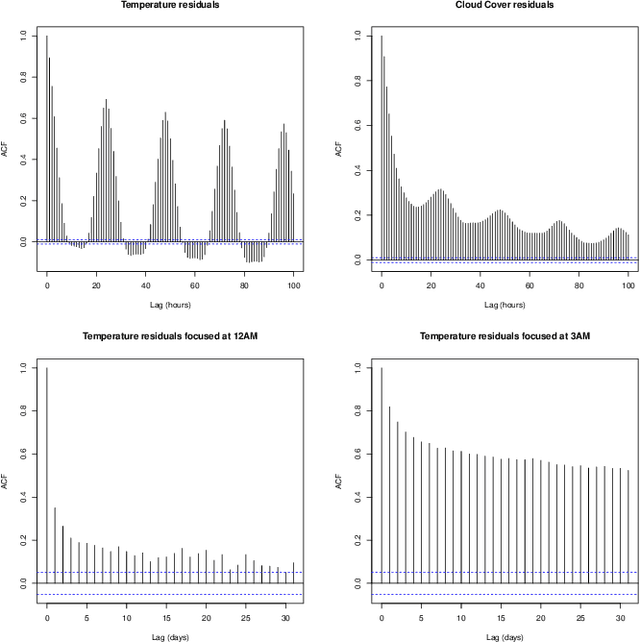State-Space Models Win the IEEE DataPort Competition on Post-covid Day-ahead Electricity Load Forecasting
Paper and Code
Oct 01, 2021



We present the winning strategy of an electricity demand forecasting competition. This competition was organized to design new forecasting methods for unstable periods such as the one starting in Spring 2020. We rely on state-space models to adapt standard statistical and machine learning models. We claim that it achieves the right compromise between two extremes. On the one hand, purely time-series models such as autoregressives are adaptive in essence but fail to capture dependence to exogenous variables. On the other hand, machine learning methods allow to learn complex dependence to explanatory variables on a historical data set but fail to forecast non-stationary data accurately. The evaluation period of the competition was the occasion of trial and error and we put the focus on the final forecasting procedure. In particular, it was at the same time that a recent algorithm was designed to adapt the variances of a state-space model and we present the results of the final version only. We discuss day-today predictions nonetheless.
 Add to Chrome
Add to Chrome Add to Firefox
Add to Firefox Add to Edge
Add to Edge